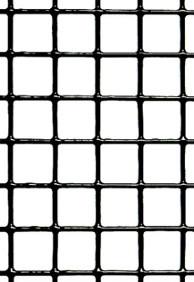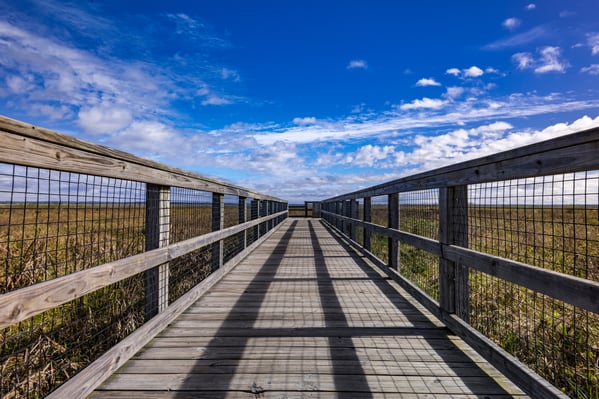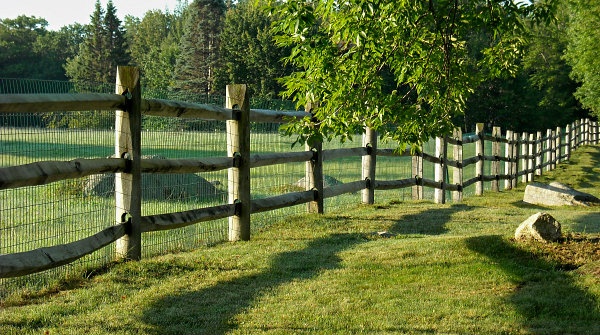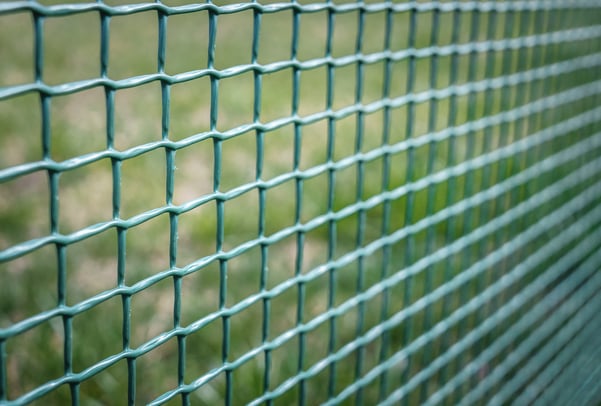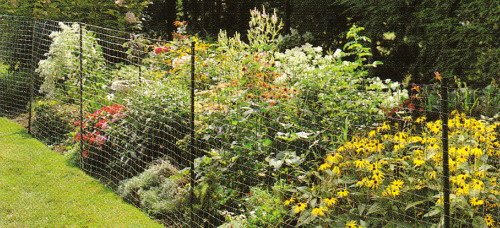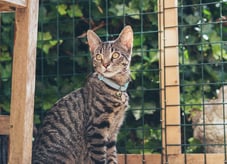Tip: Black vinyl-coated mesh fencing is more likely to blend into natural environments.
Temperature Extremes--not a problem
A high-quality vinyl coating is flexible and will not crack when bent. It gives the mesh a smooth finished look. There are no sharp edges. The PVC is not affected by extreme hot or cold temperatures. It is so well bonded to the wire that it stands up to scrapes and abrasions.
Coated meshes are tough, long-lasting, weather and chemical resistant, and attractive. Any mesh or fence that is vinyl coated will have the longest lifetime. Some meshes are available with double protection - GAW wire that is galvanized after being welded or woven and then covered with a thick layer of vinyl.
Vinyl Coated Fence and Mesh Uses:
- Yard fence
- Animal cages
- Chicken coops
- Crayfish traps
- Boundary fence
- Kennel flooring
- Game bird pens
- Deer fence barrier
- Greenhouse benches
- Children's play yards
- Swimming pool fence
- Lawn and garden fence
- Nuisance animal exclusion
- Backing for wood post and rail fence
Characteristics:
- Durable
- Longest lifetime
- Resistant to rust and corrosion
- Weather and chemical resistant
- Welded and woven mesh and fence
- UV treated to protect against solar degradation


